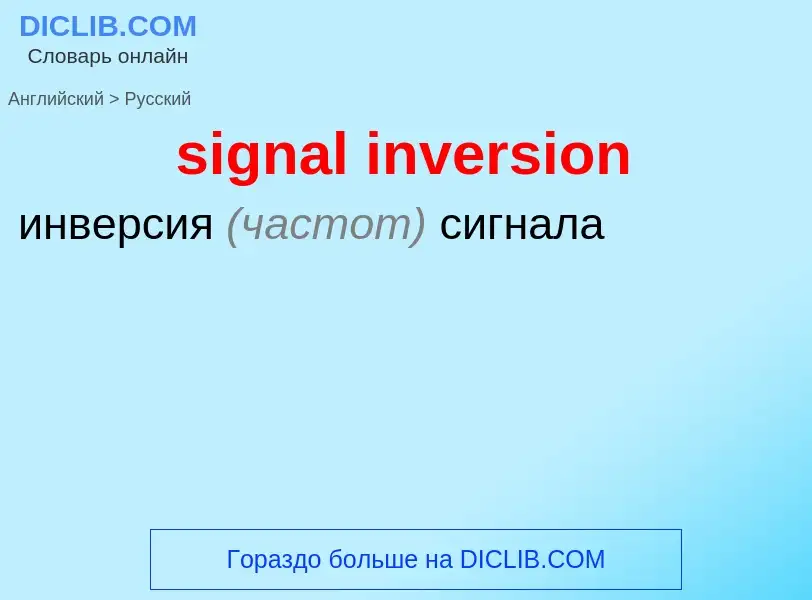Translation and analysis of words by ChatGPT artificial intelligence
On this page you can get a detailed analysis of a word or phrase, produced by the best artificial intelligence technology to date:
- how the word is used
- frequency of use
- it is used more often in oral or written speech
- word translation options
- usage examples (several phrases with translation)
- etymology
signal inversion - translation to russian
общая лексика
инверсия температуры
температурная инверсия
Wikipedia
In telecommunication, bipolar encoding is a type of return-to-zero (RZ) line code, where two nonzero values are used, so that the three values are +, −, and zero. Such a signal is called a duobinary signal. Standard bipolar encodings are designed to be DC-balanced, spending equal amounts of time in the + and − states.
The reason why bipolar encoding is classified as a return to zero (RZ) is that when a bipolar encoded channel is idle the line is held at a constant "zero" level, and when it is transmitting bits the line is either in a +V or -V state corresponding to the binary bit being transmitted. Thus, the line always returns to the "zero" level to denote optionally a separation of bits or to denote idleness of the line.



